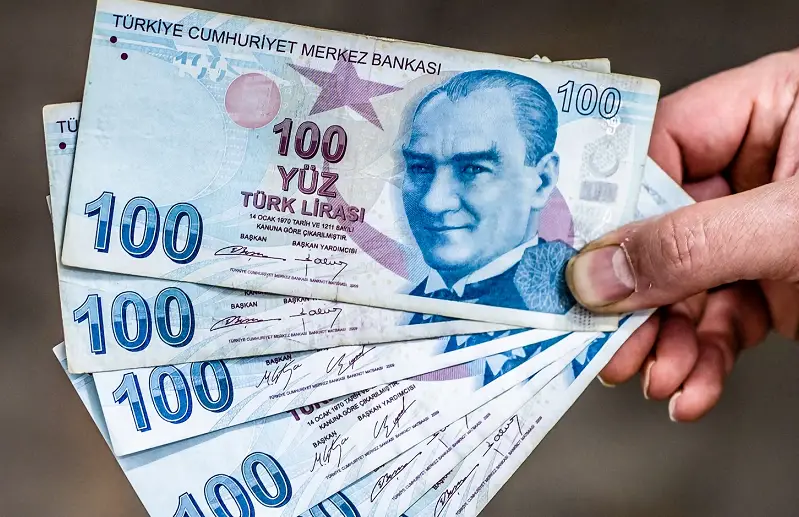On Monday, the Turkish lira continued to fall, dropping below 28 lira to the US dollar, which is its lowest level on record. Currently it is down over 50% against the dollar this year.
In September, in a broader U-turn in monetary policy for the nation, the central bank hiked its key interest rate 500 basis points to 30%. It was the fourth hike in a row, made in an effort to tamp down the nation’s high inflation rate.
The central bank had refused to inject additional foreign-exchange reserves to support the domestic currency and regulate the exchange rate. The lira then plummeted following a decision to ease regulatory requirements in the banking industry.
Türkiye has depleted its reserves, spending some $200 billion supporting the lira over the last year and a half, as it maintained interest rates artificially low.
In September, the annual inflation rate rose for the third straight month to 61.5%, from 58.9% in August. It was the biggest jump in inflation seen since December of 2022, and was primarily blamed on increased tax rates and a devaluation of the national currency.
Previously, the Turkish government had a long standing policy of maintaining interest rates low in the face of high inflation. In late 2021, this triggered a currency crisis, driving inflation over 85% in 2022. Experts predict that the yearly consumer price inflation reading at the end of the year will come in at about 60%.

